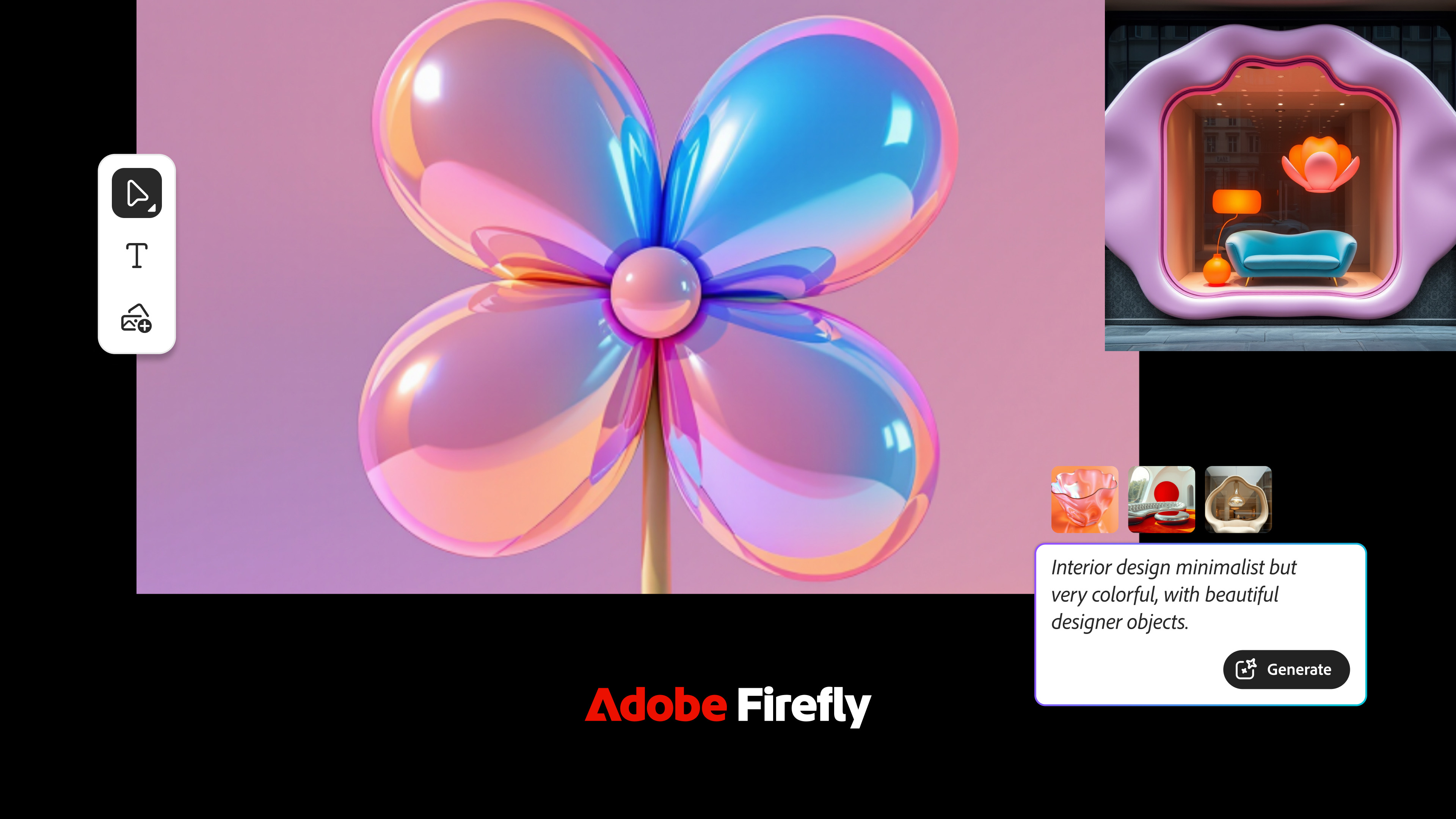The compact camera comeback isn’t about nostalgia. 6 surprising reasons Gen Z is bringing back point-and-shoots
Ask a Gen Zer why the compact camera is making a comeback and the answer may surprise you
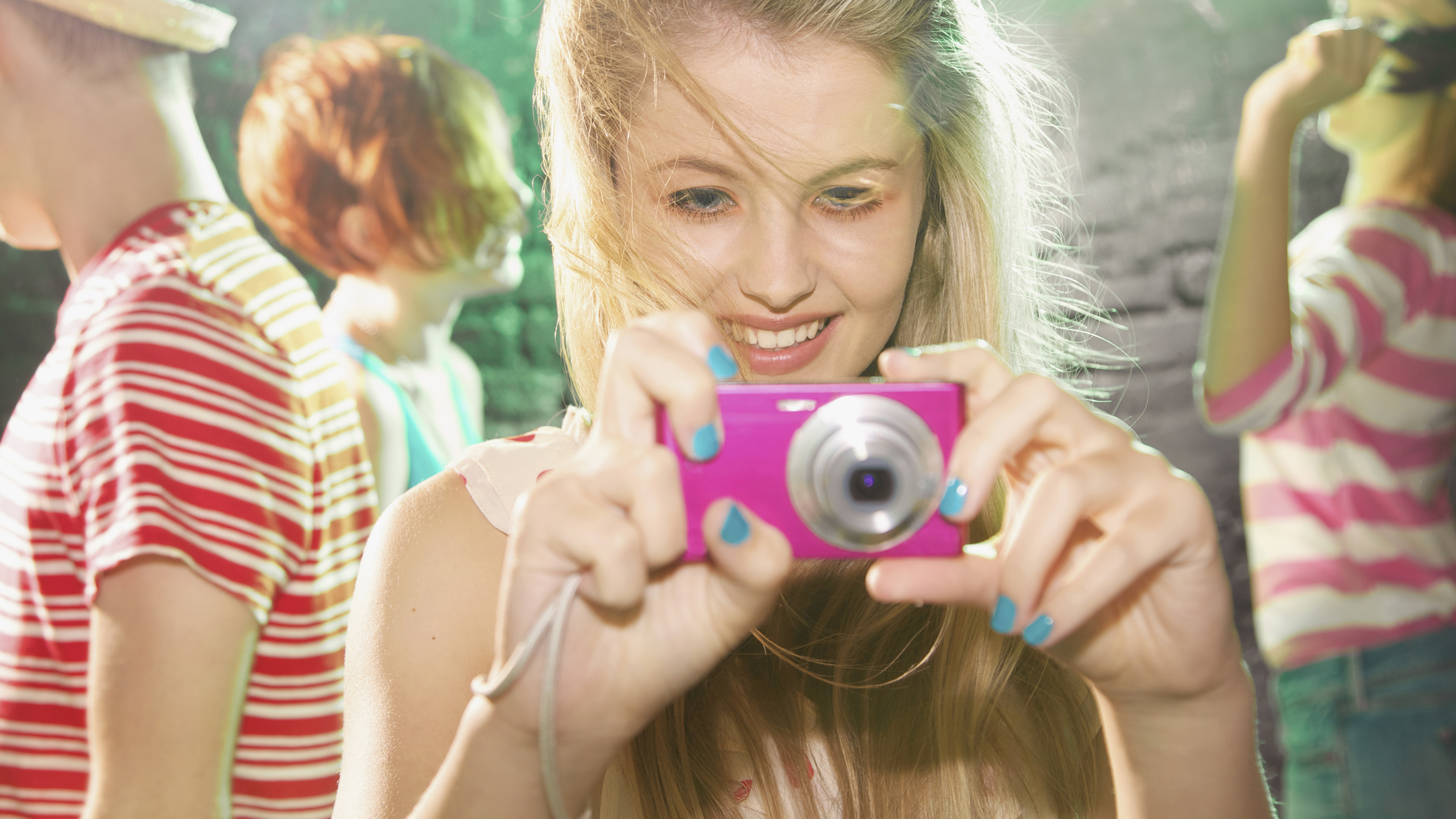
One of the trendiest accessories right now isn’t a designer handbag or pair of shades – it’s a compact camera. The trend towards point-and-shoot cameras that can fit in pockets yet exist outside of smartphones has both driven up the sale of new cameras like the Fujifilm X100VI as well as the single-digit megapixel count compacts from 20 years ago.
The trend hasn't gone unnoticed, with analysis everywhere from The New York Times to Reddit offering an array of commentary on the uptick in the technology once thought killed by the smartphone. The trend also isn’t exclusive to just influencers, but photographers and artists as well. Gabriel Perez Silva, a fashion photographer on the Forbes 30 Under 30 list, still carries around his first-ever camera, a little red point-and-shoot.
Like the trend for vinyl records among the younger generations, many could assume the trend is influenced by nostalgia. While that may be true in part, pouring over the interviews, threads, and influencer comments shows the trend has roots far deeper than simple sentimentality.
The reason behind the sudden spike in compact cameras may depend on which side of the trend you land on, whether its pricey but retro-inspired compacts like the Fujifilm X100VI or actually retro compacts like decades old Sony CyberShots, Nikon Coolpix, or Canon PowerShots. But, some reasons are the same no matter which side of the trend you fall on.
After looking at the interviews, analysis and online threads, these are some of the key reasons Gen Z is bringing back the compact camera.
To fight the over-processed look of smartphones
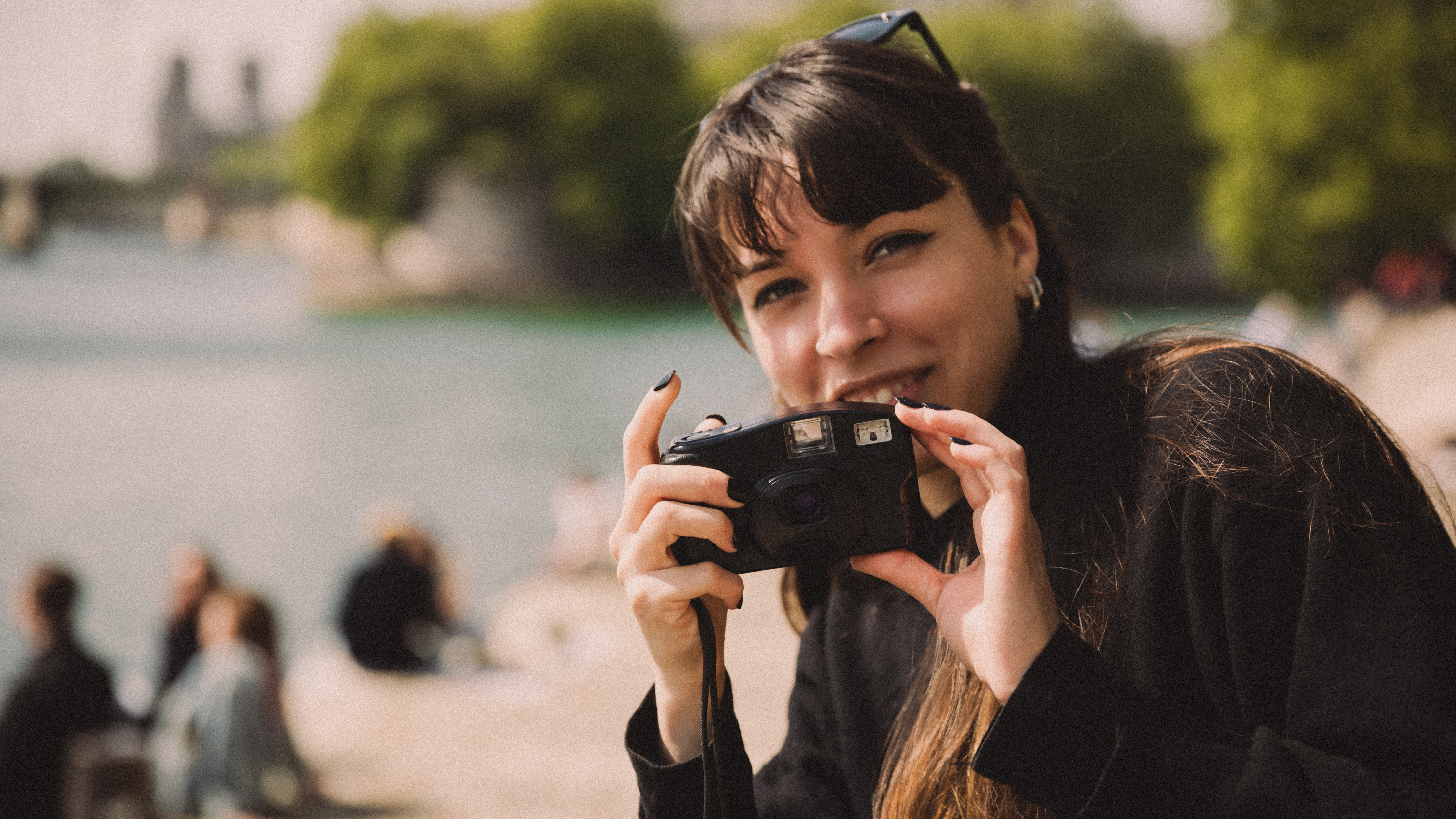
Computational photography has helped smartphone cameras imitate real cameras without increasing in size. The problem? Some believe smartphone photography has gotten so processed that it starts to feel nearly AI-generated. Remember the uproar over those suspiciously-good photos of the moon? Between HDR, fake bokeh in portrait mode, and extreme low light processing, images from smartphones are now part camera, part algorithm.
With a dedicated camera, there’s far less processing. The bokeh is real. There’s some color, noise, and lens profile processing to create a JPEG in camera, but photographers can shoot in RAW to pick and choose how to process the image themselves.
Get the Digital Camera World Newsletter
The best camera deals, reviews, product advice, and unmissable photography news, direct to your inbox!
That’s even more true with the retro digicams from 20 years ago, when AI and fake bokeh was unheard of. The images come out looking like a retro Instagram filter not because of overprocessing but because they are actually retro.
That overprocessing can be particularly bothersome in images of yourself, photographer and host of The Nerdy Photographer Casey Fatchett suggests. “There’s so much processing that goes on in your phone that you don’t have any control over,” he told NPR. “So I think there is a yearning among young people for photos that look real, especially of themselves. So there’s a feeling there that you can’t get from your cellphone camera.”
To embrace the lo-fi, ethereal look

There’s no need to slap a filter on the images from a 20-year-old point and shoot – the images come with old school colors built in. Particularly with cheap digicams, the old, sometimes plastic lenses are far less sharp, giving images a dream-like glow rather than the overly sharpened highly detailed images from modern lenses. You don’t need a skin softening filter with a 6MP camera with a plastic lens.
While the lo-fi imperfect look is reserved for retro digital cameras, the new compact cameras that are selling like ice cream cones on a playground are loved for their look too, albeit a different one. The X100VI has those coveted built-in film simulations, while influencers love the flattering look of the longer lens on the Canon G7X series.
To be more intentional about the use of screens
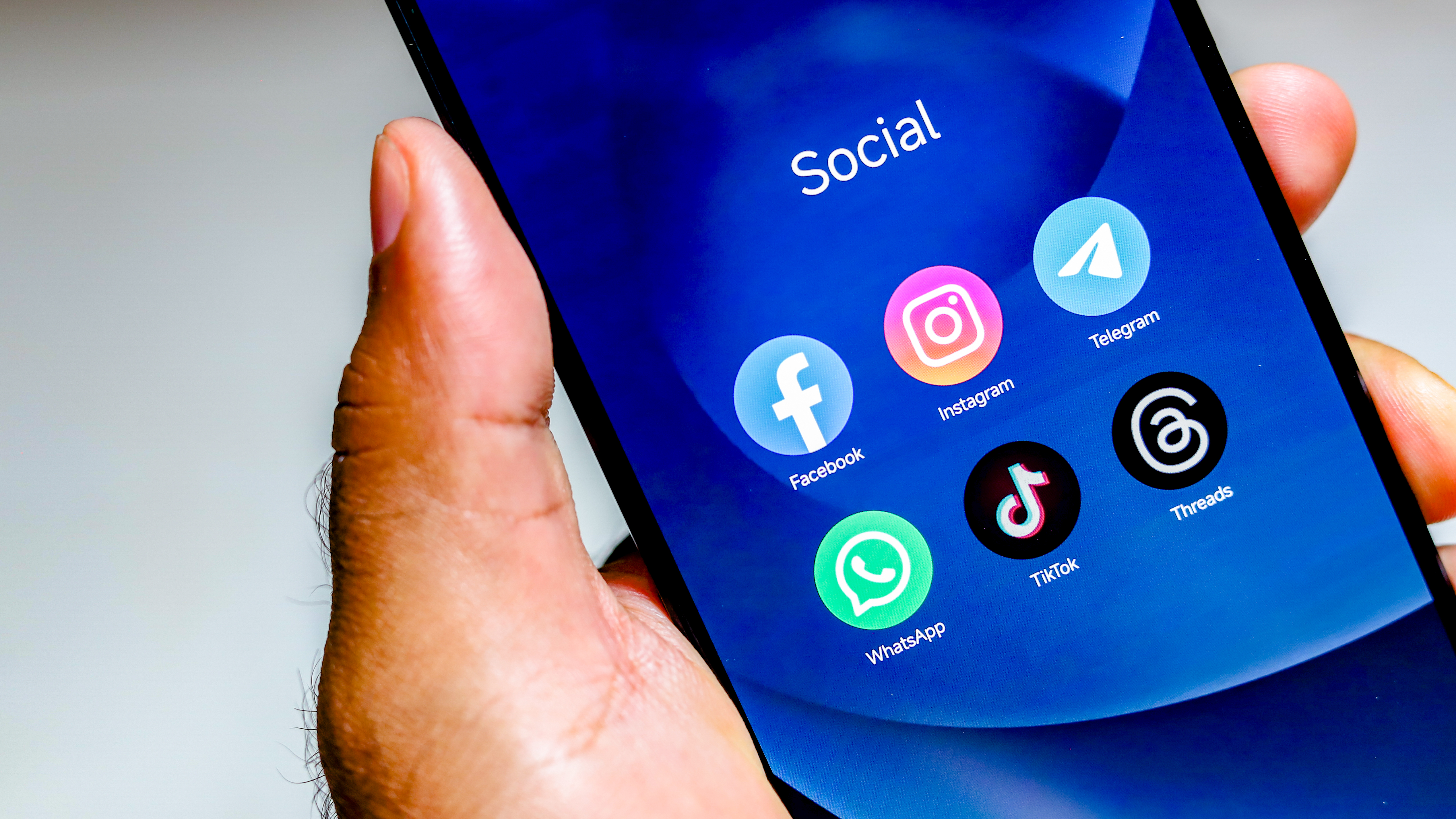
For some, picking up a dedicated camera isn’t about being trendy but rather bucking trends – or, at least bucking the stereotype that younger generations are glued to their screens. Sophia Lee, founder of the @digicam.love group celebrating old compacts, told CBC News that some of the reasoning for the trend is the need to break away from a smartphone. “I think it’s ironic that Gen Z is stereotyped as being the most logged-on generation, when a lot of their countercultural tech practices indicate the need to break away and create a space that is separate from the internet,” she said.
While most digital cameras technically still have screens, they offer a way to snap photos without getting distracted by notifications, without the pressure to instantly share every shot. Some camera manufacturers have even embraced this trend by creating digital cameras that lack screens, like the Flashback One or Camp Snap.
To embrace the look of a real flash
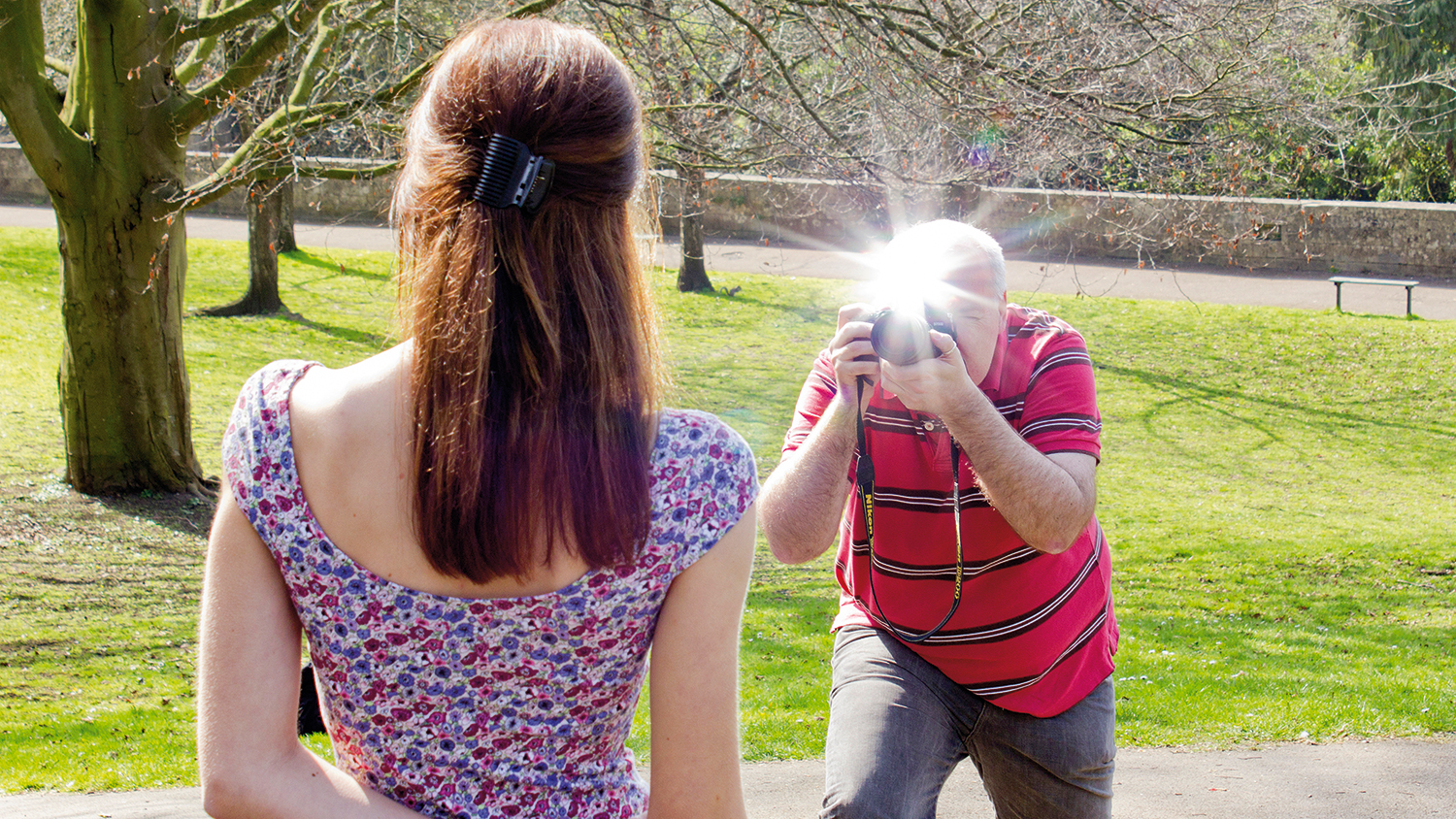
One of the key factors behind the retro look of old cameras isn’t from the camera or lens but the flash. I was just chatting with a colleague who told me about an influencer reviewing a real camera that didn’t understand why the flash wouldn’t work for video. The “flash” inside of a smartphone is inherently different from what’s inside a camera, more of an LED flashlight than a real xenon flash tube. While that means a smartphone “flash” works for video, it’s far less powerful than the built-in flash on a compact camera.
Using the flash of a compact camera creates that retro, paparazzi feel of direct flash, along with exaggerating the look of rain and snow and reducing unflattering under-eye shadows.
For the experience of using a camera with physical buttons and dials
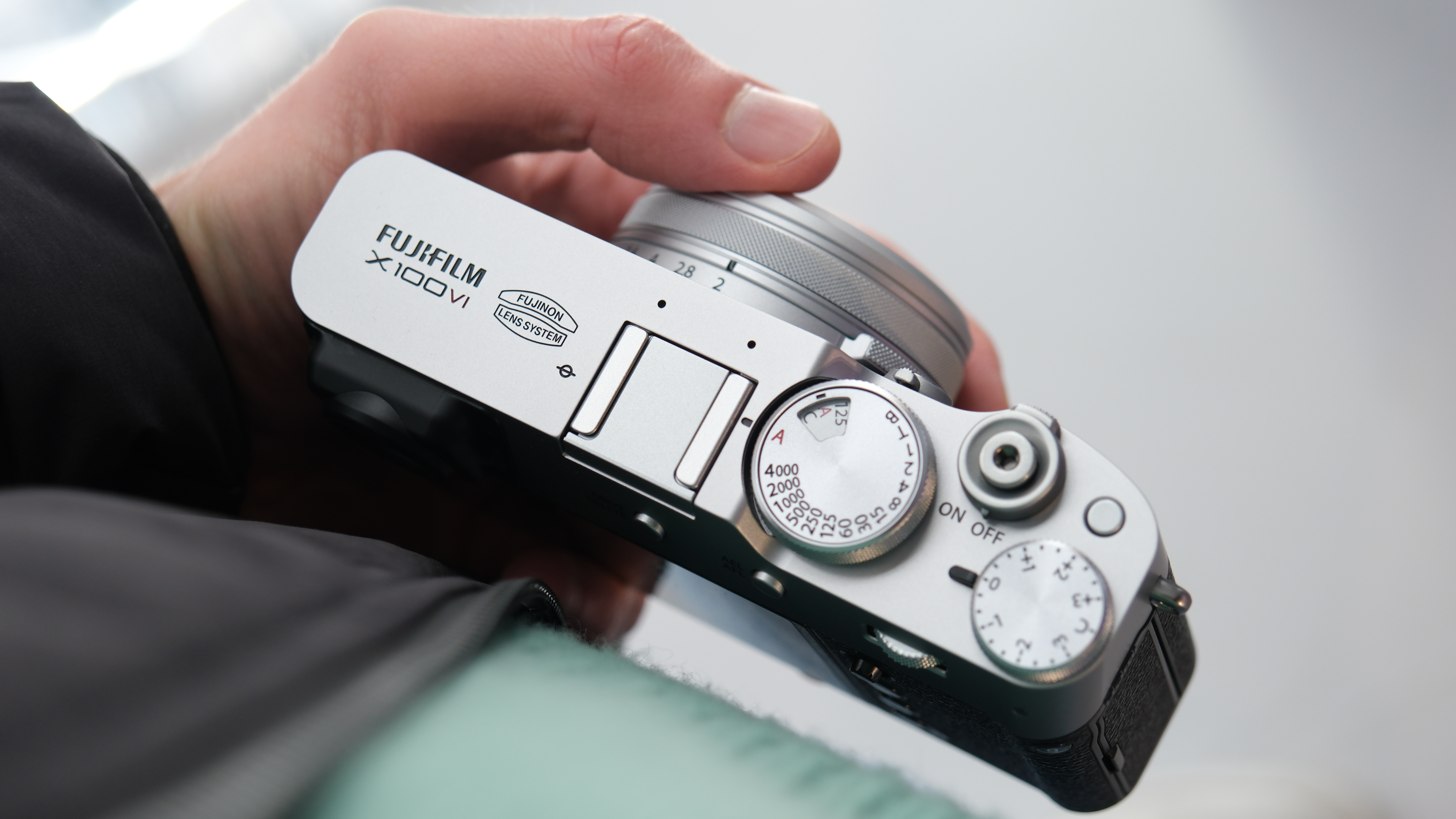
It’s no accident that the latest iPhone has more buttons than before. The experience of shooting with a camera with physical buttons rather than a touchscreen is entirely different. Photographers have long known this, often choosing a specific mirrorless camera, at least in part, for the grip and controls. The compact camera trend is bringing that realization to non-photographers that simply want to take snapshots of their memories. There’s a reason that the most in-demand compact camera right now is the X100 series, a with dials inspired by film cameras.
The noise that comes with using a real camera is part of it too – I can still remember the discombobulated feeling I felt the first time I used a silent electronic shutter.
To be more selective and limit the number of photos you can take.

One of the reasons that film photography made a comeback is that the limited number of shots on a roll forces you to slow down and think about each one. A dedicated compact camera sits somewhere between that film experience and a smartphone. Yes, you can take more than 36 photographs. But, unlike a cloud-connected smartphone, there is still a limit to the number of photos you can take before filling up all the memory.
You may also like
For more, browse our top picks for the best compact cameras or the best retro cameras.

With more than a decade of experience reviewing and writing about cameras and technology, Hillary K. Grigonis leads the US coverage for Digital Camera World. Her work has appeared in Business Insider, Digital Trends, Pocket-lint, Rangefinder, The Phoblographer and more.
